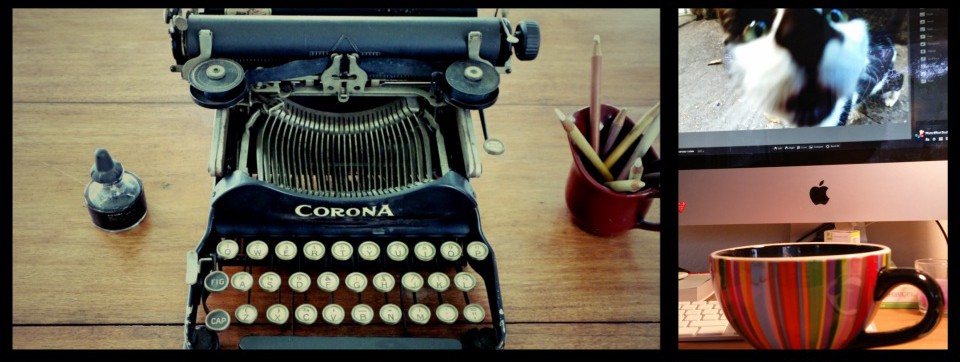 Notorious RBG: The Life and Times of Ruth Bader Ginsburg by Irin Carmon
Notorious RBG: The Life and Times of Ruth Bader Ginsburg by Irin Carmon
My rating: 5 of 5 stars
Ruth Bader Ginsburg has always reminded me a bit of my grandmother. Quiet. Proper. Often wearing a stern look or serious expression accentuated by flawless hair and pearls. And, retorts at the ready which leave all present to hear them slack-jawed and cowering at their own ignorance. In my family, we often repeated a mantra, ‘Don’t cross Grandma’. I would imagine some variant exists for RBG amongst those nearest and dearest.
Notorious RBG is a must-read for any self-respecting feminist or equal rights activist (Is there really a difference between the two?) needing a beacon of hope and a dose of ‘get up and go’. And, RBG the woman is that beacon during very dark times. This woman. Unlike her, rather than seeing nine women justices on the highest bench in the land, I’d like to see nine RBGs at SCOTUS.
Oh, to dare to dream.
Detailing her life as a young newlywed law student, then graduate of Columbia Law (top in her class) unable to land a job, then law professor (needing to hide her second pregnancy)…, she understands not just in theoretical terms but from lived experience what perceived differences mean and how they affect us as individuals and groups. To her, it isn’t simply about disregarding those perceived differences and the ideal roles of men and women; it’s about those institutionalised categories and erasing the various barriers and injustices they unfairly impose upon us. Her weapon of choice, however, is the law and the US Constitution. And, this woman plays the long game.
As I was finishing this brilliant, inspiring book this morning, I wept. Not because of anything particularly troubling that appeared upon the page at that precise moment. But, because so many of us are simply too tired to continue fighting for and working towards what we believe is right and just. If this tiny woman could become one of the most inspiring memes of our times, we—who have benefited from her tireless efforts in classrooms, courtrooms and on the bench—can certainly work just a little bit harder to solidify and make permanent those giant gains she made for us.
RBG inspires for many reasons. And, we do her and all others who have blazed various trails a disservice by simply giving in to despair because it is too damn hard.
One of the appendices features a list of ‘How to be like RBG’. It reads:
- Work for what you believe in
- But pick your battles
- Don’t burn your bridges
- Don’t be afraid to take charge
- Think about what you want, then do the work
- But then enjoy what makes you happy
- Bring along your crew
- Have a sense of humour
I’ve got my to-do list sorted then.
RBG. However long she graces the Supreme Court and this world, it won’t be nearly long enough to satisfy me. I’ll still want more. But, her legacy. Long may it guide and inspire us all. And, may we all have red hot pens at the ready to sharpen and hone our words. Because words and how we wield them truly matter.

RBG in 2014. Erik Madigan Heck / Trunk Archive
